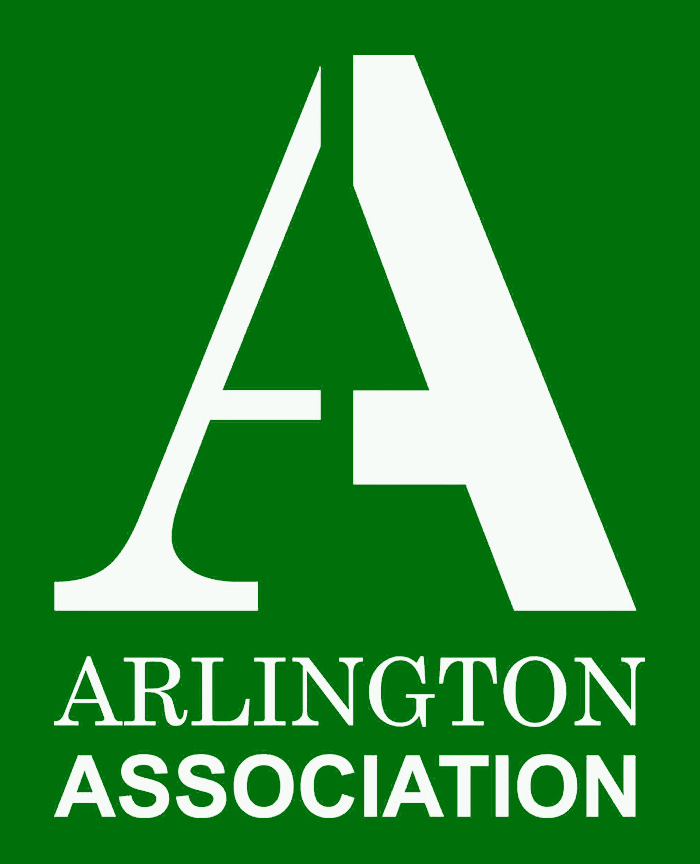Movies and manufacturing on the canal
The Gainsborough Studios in the 1930s
Continuing our meander round the architecture of our area
Next time you pop to the Co-op on the New North Road, you might like to take a minute or two to consider the history of this part of the canal. In 1900 London’s third tallest chimney was built here on a new power station for the Great Northern & City Railway. By 1940 the chimney was considered a potential marker for Nazi bombers so it had to be demolished.
Between the two world wars the site served as the Gainsborough Film Studios. Founded in 1924 by Michael Balcon, this was one of the major centres of the British film industry. Oh, Mr Porter!, Fanny by Gaslight and The Lady Vanishes were some of the many movies made here. After the studios closed in 1951, the building was used for light industry, as a bonded warehouse for oriental carpets and for occasional art performances, including two epic Shakespearean productions by the Almeida Theatre Company in 2000.
When the building was finally demolished in the early 2000s, the developers, under pressure from the Arts world, kept the historic studio and commissioned a sculpture from Anthony Donaldson for the central public square behind the Co-op. His giant blasted steel head is of Alfred Hitchcock who directed many of the films made in the Gainsborough Studios. (It is not, as one local believed, a head of the Buddha.)
The New North Road bridge over the canal, built in 1912, was the first reinforced concrete tramway bridge in England. Not a lot of people know that.
West of the bridge there are a series of low-rise buildings beside the canal, fronting on to Eagle Wharf Road. Here in the 1840s Henry Grissell set up the Regents Canal Iron Foundry, where the cast ironwork for the façade of Covent Garden’s Floral Hall was made (it was later moved to Borough Market).
The factories on Eagle Wharf in the 1960s
In the 1890s the Henry Rifle Barrel Company made explosives at Eagle Wharf. In the 1930s there were paper manufacturers, saw mills, a bed stead factory, Goldberg’s wood warehouse and an engineering works. Pilkington’s glass- cutting factory and warehouse stood beside Packington Street Bridge.
Some of these factory buildings are now part of Holborn Studios, one of London’s leading photographic studios, described by the Regent’s Canal Conservation Area Appraisal as an “attractive and sensitive conversion of an industrial building”. The studios also house The Commissary, a bar and restaurant overlooking the canal.


